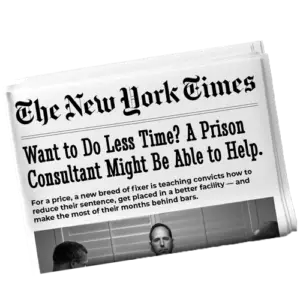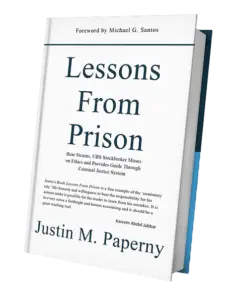The June 2025 BOP memo changes how home confinement referrals work. One of the clearest shifts is this: prior employment is no longer required. According to the memo, “your potential to work may be viewed positively, but it is not required.” That’s not just a small tweak—it’s a directive that forces staff to focus on different criteria. The emphasis now sits squarely on your release plan, your stability, and your public safety risk.
This is where too many people fall behind. They treat the release plan as a last-minute form instead of what it’s becoming: the central file that influences every referral. The BOP has made it clear—if you meet criteria under the First Step Act (FSA) and/or the Second Chance Act (SCA), and your release plan shows stability and appropriateness for home confinement, you “shall be referred directly to HC.”
You don’t get that referral by winging it. A case manager or RRM isn’t going to put their name on a referral if your file looks empty. That’s why the strongest plans are those that get built over time—not thrown together two months before your date.
Michael Santos has been preparing for this shift in policy for years. He wrote and distributed the Release Plan Workbook to thousands inside the system. That workbook walks people through the process of documenting their progress—not by listing intentions, but by outlining actual steps they’ve taken, and proving it with published content and deliverables. The release plan is a living record.
The June 2025 memo affirms that work. It tells staff to prioritize who needs RRC beds and who doesn’t. If you’ve documented your preparation, have stable housing, and your release plan outlines how you will transition without those RRC services, you’re the candidate they’re instructed to send straight to home confinement.
That’s why publishing on PrisonProfessorsTalent.com matters. It’s not a branding play. It’s how you show a federal judge, case manager, or probation officer exactly what you’ve done with your time. Your plan doesn’t just live in a Word doc—it lives online, timestamped and traceable. Michael Santos modeled this by publishing his own release plan and daily documentation. The system followed. The BOP now rewards that kind of proof.
If you’re counting on a referral and you’ve done nothing to build a documented release plan, you’re making a bad bet. The new memo doesn’t reward hope. It rewards clarity and preparation. Employment helps, sure—but it’s not the lever. Your release plan is.
In the next post, I’ll break down how the Conditional Placement Date functions—and why your timeline moves faster when your plan is already built.
Justin Paperny



